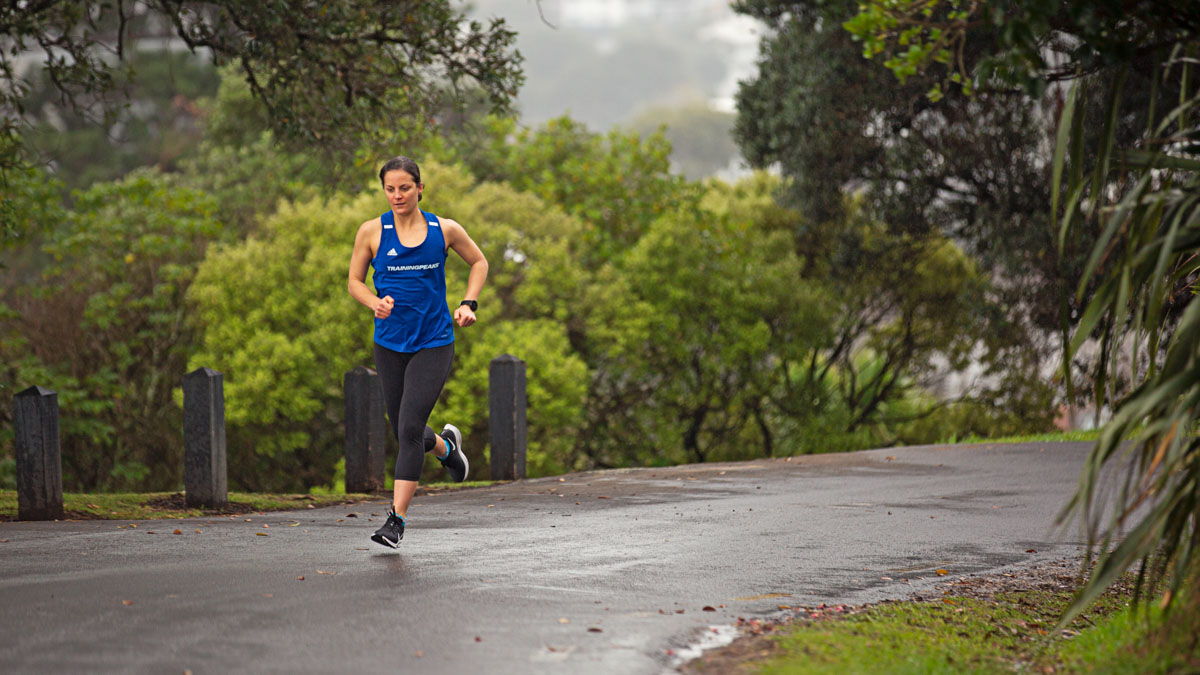In light of the current worldwide health crisis and cancellations of at least the Spring racing season, everyone’s plans have changed… and so should our training!
Many riders have shifted their focus to indoor trainers and online training apps, while others are willing to venture outside to keep racking up the miles. Instead of smashing yourself with high-intensity training or epic long rides (especially with no events on the calendar), take a step back and target your Aerobic Threshold and associated energy systems. This window of great weather and no racing is your opportunity to build your most powerful aerobic base ever!
What is Aerobic Threshold?
The first of two metabolic thresholds, the Aerobic Threshold (AeT) relates to fuel utilization. Put simply, this first threshold is a theoretical metabolic balance point of fuel utilization between fat & carbohydrate. At AeT you’re at the highest power you can sustain while burning equal parts fat & carbohydrate fuel sources. In other words, you’re maximizing your power while still utilizing at least 50% fat for fuel. Go beyond this threshold and you begin to burn more sugars than fat; go below this threshold and fat utilization goes up, carbohydrate utilization goes down.
From an endurance athlete standpoint, the more work (power) you can do while utilizing fat for fuel and sparing glycogen (stored carbohydrates in your muscles and liver), the longer and faster you’ll be able to ride before running out of glycogen. It is well known that riding long and slow (HR< 75% max heart rate) is how you maximize fat utilization—to be most effective with this type of training you must also ride long durations.
Train above AeT and you become more ‘anaerobically fit’, capable of going really hard for short durations—often followed by dramatic slowdown! Short, high-intensity interval training is effective for this, as is simply riding just a little too hard, too often… a common pitfall for most amateur cyclists, AKA ‘sugar burners’.
Keep in mind, we’re always burning a mixture of fat and carbohydrate for movement. Think of it as a sliding scale of usage: when one goes up, the other goes down. Slower movement relies on fat. The faster you move the more carbs are brought in. Raise the effort further and you’ll use carbs almost exclusively.
How do you find this Aerobic Threshold?
For utmost accuracy, you should be tested in a lab by a physiologist. Much like a VO2 Max test, you’ll wear a mask and pedal at an increasing intensity from easy to hard. The physio will collect the expired gases from your lungs, and use their compositional ratios to pinpoint the exact moment you cross that ‘fat vs. sugar’ threshold.
What if you don’t have access to a lab and physiologist? You can estimate! For most reasonably fit individuals, your AeT falls around 75-80% of maximum heart-rate. Being a metabolic threshold, training by heart rate is the most effective method by which to train. However, you can identify a power value corresponding to the HR-based effort through testing and training. This power level is typically between 80-90% of Anaerobic Threshold power (FTP) depending on one’s level of aerobic fitness.
How do you Improve Aerobic Threshold?
Targeting the specific 75-80% of HR max range in your riding is among the best ways to improve your AeT. Depending on your current level of aerobic fitness, this pace may be slow and easy, or it may be somewhat challenging. The more anaerobically fit you are, the slower (less power) you will likely have to ride to stay in this zone; whereas, the more aerobically fit you are, the harder (more power) you will be able to ride.
Begin by performing sets of shorter intervals of, say, five minutes. Then progress to more intervals and longer intervals over subsequent training sessions and weeks. Here is an example of an Aerobic Threshold training progression:
- 6-8x 5:00 (1:00 recoveries)
- 3-6x 10:00 (2:00 recoveries)
- 3-5x 15:00 (3:00 recoveries)
- 3-4x 20:00 (5:00 recoveries)
- 2-3x 30:00 (recovery as needed)
With the intensity of these intervals being not particularly hard, you can perform two to three sessions per week while recovering with ease between sessions. Keeping intensity levels lower also helps boost your immune system, keeping you healthy, consistent and making gains. These sets of intervals are also equally effective both indoors on the trainer or outside on flat, rolling or low-grade climbs.
Get Started Honing Your Fat-Burning Engine.
Try one of our 6-Week Aerobic Threshold Booster Plans available for download in the TrainingPeaks Plan Store. We offer a Low-Volume version ideal for the indoor rider, and a High-Volume option for the indoor and/or outdoor rider. Not only are these plans great for this particular time in history, but they are perfect for anytime in your annual program when you’re looking to maximize your aerobic fitness base.








